Claire Regnault, Senior Curator NZ Culture & History, Te Papa Tongarewa
As the seabird capital of the world, Aotearoa was over-run with seabird colonies when European settlers arrived and quickly colonists were adorned in a new type of plumage as ‘feather furriers’ developed a unique southern style of muffs, collarettes and cuffs fashioned from seabird skins.
Feathers formed an integral part of a fashionable woman’s wardrobe throughout the second half of the nineteenth century. Sourced from birds across the globe, feathers and sometimes even whole birds, came to adorn everything from hats and mantles to tippets, muffs, and even jewellery.
One of the most popular accessories amongst women were hand-warming muffs which were often fashioned from bird skins.
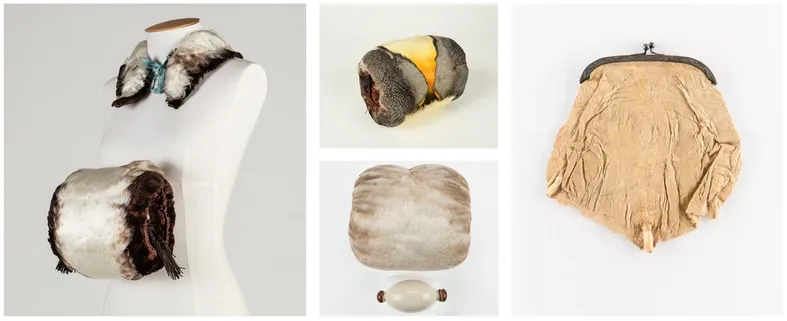
Left to right: Muff and collarette set, penguin feathers; unknown maker; 1870-1900. Te Hikoi Museum. RI.W2011.3082;King penguin muff by James Constantine, c. 1885. Otago Museum. G2016.1; Muff and hot water bottle warmer, maker unknown, late 19th century. © Auckland Museum CC BY. 1998.81.2;Purse made from albatross foot in silver frame with kiss clasp, maker unknown, circa 1850, © Auckland Museum CC BY. 1976.175
Peculiar plumage
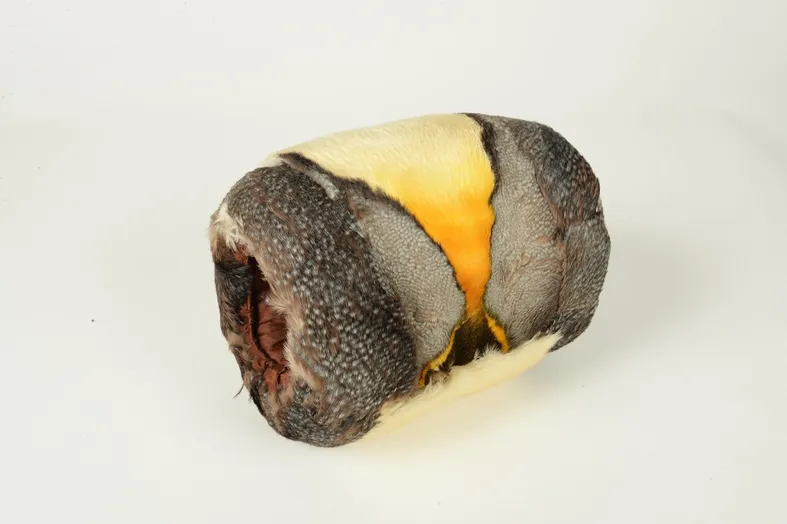
The following two muffs from the Pahiatua & Districts Museum Society Inc and Auckland War Memorial Museum were made from the skins of albatrosses caught on the voyage to Aotearoa New Zealand. The majestic appearance of albatrosses in the sky was a sign that they had left the northern hemisphere and had entered into the wide open oceans of the south.[1] As travel writer Arthur Guillemard reminisced in his introduction to J.F. Green’s book Ocean Birds (1887), “passengers of both sexes, whether berthed in the poop or steerage”, delighted in seeing their first albatross. Many enjoyed the charming “companionship of these beautiful wanderers”.[2] Others, however, preferred the sport of shooting them or trying to capture them. In his book, which he intended as a guide for voyagers heading south, Green advised that “the Albatross is easily caught at sea with a baited hook” as long as a tight line was kept, and the captor didn’t indulge in “playing” his bird and provided further instructions on how to preserve them, noting that albatross skins made “a warm though somewhat conspicuous muff”.[3]
Souvenirs of the voyage
The muff in the Pahiatua museum is believed to have been made from a skin of a bird caught by a member of the Timmins family on the voyage from England in 1878.
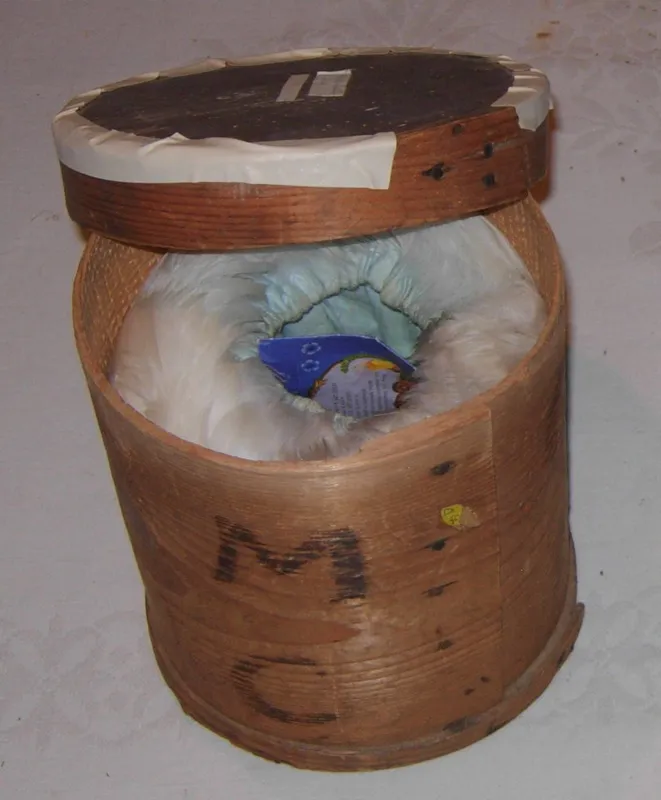
Feather muff made from an albatross wing from a bird that was caught on a voyage from England in 1887. Feather muff in wooden case, 1887, Pahiatua & Districts Museum Society Inc.1978-0509-1
The muff in Auckland’s collection was made from a bird given to Herbert Dobbie, a 23-year-old immigrant on the Lutterworth in 1875. Dobbie found himself in receipt of a dead albatross when a fight broke out between two men who had caught two albatrosses with baited hooks. The ship’s captain stepped in to settle the fight and opted to give one of the birds to Dobbie, declaring “He is the only man on board who will skin it”.[4] Dobbie later had the skin turned into a muff for his wife Charlotte Gilfillan, whom he wed in Auckland in 1880.
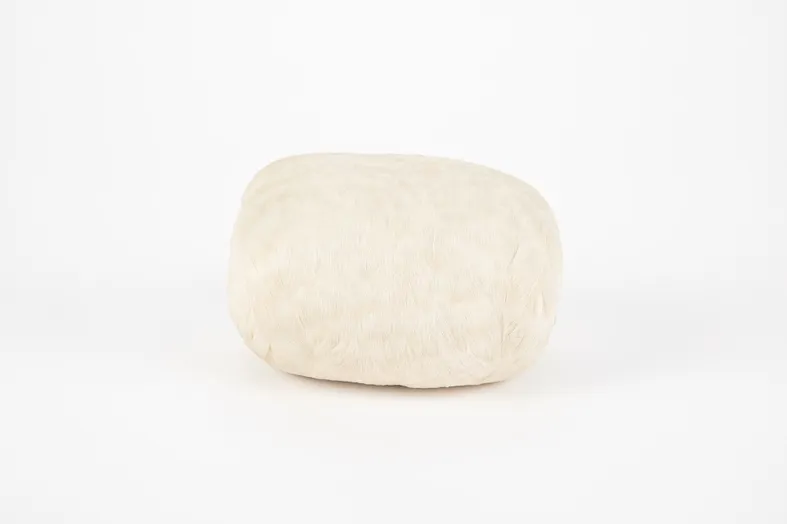
White albatross feather muff by H B Dobbie, 1875 © Auckland Museum CC BY. 1968.210, col 2310.
Dobbie probably took his albatross skin to a professional taxidermist or ‘feather furrier’ to have turned into a muff. Jane Yandle (1843 – 1915) who arrived from Somerset England in 1866, was Auckland’s first professional taxidermist and furrier. In addition to preparing and mounting animals and birds for display, she made up fur and feather trimmings to order, including muffs. In Wellington, Hector and Elizabeth Liardet established “feather furriery” in 1873, specialising in seabirds. The Evening Post humorously reported:
“The manufacture of muffs is now a local industry in Wellington. Unkind punsters might insinuate that the community was already amply supplied with muffs, but any lady who saw one of the seagull muffs manufactured by Mrs Liardet would immediately think otherwise. These muffs are made from seagull skins, the feathers being of dazzling whiteness. The birds are shot by Mr Liardet, jun., the skins preserved by Mr Liardet, sen., and manufactured into very beautiful appendages to a lady’s outdoor toilette by Mrs Liardet. They are much superior to any imported articles of the kind.”[5]
This muff is from Te Papa’s collection and has been fashioned from the skin of a Southern Royal Albatross.

As well as employing bird hunters, Hector Liardet sourced skins from sailors that called into the port in Wellington. In January 1875, Liardet received “130 splendid skins of albatross and mollyhawks” from the officers of the French transport ship La Vire, which had returned from the sub-Antarctic islands, along with an order for “25 sets of muffs, tippets &c” destined for Paris. [6] The officers also provided Liardet with sixty-three albatross feet to be fashioned into tobacco pouches, a stock item which a writer for the Evening Post suggested offered women “a capital opportunity … to reciprocate such presents of plumage as they may receive” from their husbands or gentlemen friends.[7]
They sold their goods both locally, and internationally.
Bird rescue
By the 1890s, the anti-feather lobby was intensifying internationally. While activists lobbied governments to introduced protective legislation, organisations such as the Society for the Protection of Birds (SPB) in Britian and the National Audubon Society, targeted female consumers directly with the aim of making feather-wearing not only unfashionable but ‘vulgar’.
In New Zealand, legislative action slowly came into play from the 1880s onwards. Albatrosses and their eggs came under protection in 1907. Full protection was extended to most of New Zealand’s native birds in 1910, when the following provision was added to the Animals Protection Amendment Act 1910: ‘Every person who destroys, or injures, or captures any bird which is indigenous to New Zealand, or who robs or destroys the nest of any such bird, is liable to a fine not exceeding twenty pound.’ [8]
You can read more about the history of the legal protection of New Zealand’s indigenous terrestrial fauna here: https://collections.tepapa.govt.nz/document/7713
References
[1] ‘Colonial Industry’, Press, 1 July 1874, p. 2.
[2] G. Barwell, 'Uses of the albatross: Threatened species and sustainability', in H Yeatman (ed), The SInet 2010 eBook (Proceedings of the SInet 2009 Conference), Social Innovation Network (SInet), University of Wollongong, Wollongong, 2010, p. 203–15.
[3] Arthur Guillemard, Introduction to J.F. Green, Ocean Birds, p. iv.
[4] J.F. Green, Ocean Birds, London: R. H Porter, 1887, p. 7-9.
[5] Henry Brett, White Wings, Volume I: Fifty years of sail in the New Zealand trade, 1850 to 1900,
Auckland: Brett Printing Company, 1924, p. 114.
[6] ‘Muffs’, Evening Post, 20 August 1873, p. 2.
[7] Evening Post, 9 January 1875, p. 2.
[8] ‘A Local Industry’, Evening Post, 31 March 1874, p. 2.
[9] Quoted in Colin Miskelly, ‘Legal protection of New Zealand’s indigenous terrestrial fauna’, p. 31.
Featured organisations
-

-
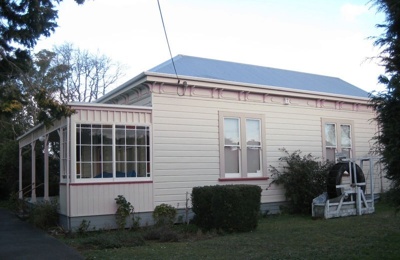
Organisation | Whare taonga
Pahiatua & Districts Museum Society Inc
-
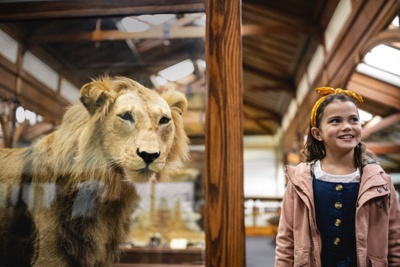
Organisation | Whare taonga
Tūhura Otago Museum
-
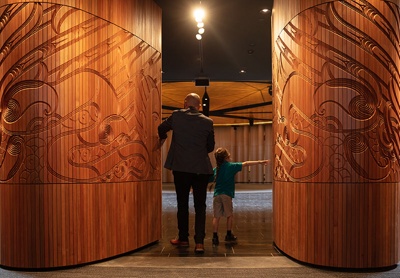
Organisation | Whare taonga
Auckland War Memorial Museum
_
-

Organisation | Whare taonga
Museum of New Zealand Te Papa Tongarewa